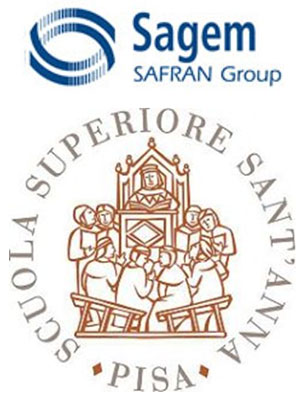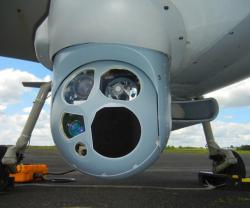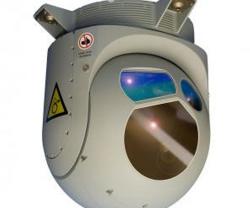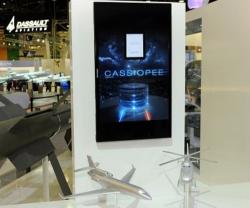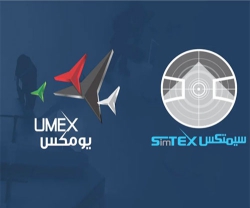Sagem (Safran) signed an agreement on January 30 with Percro, the Perceptual Robotics Laboratory of the Sant’Anna School of Advanced Studies of Pisa, Italy to jointly develop exoskeleton technologies.
An exoskeleton is an independent electromechanical structure worn by a person, capable of multiplying physical capabilities to enhance load carrying capacity, mobility and precision. While the exoskeleton is not a new concept, it can now take advantage of exciting new technology breakthroughs in digital processing, miniature sensors and control devices.
Sagem will be responsible for the physiological and biomechanical evaluation of these new exoskeleton systems, while Sant’Anna School of Advanced Studies of Pisa will focus on research into control, applied mechanics and mechatronics. The partnership will lead to the development and construction of prototypes for testing by about 2017.
Sagem will bring to this partnership its expertise in autonomous energy management, along with platform control and stabilization technologies.
The project will call on both European funding through the Horizon 2020 research and innovation program, and investments by Safran.
Horizon 2020 is a European Union research and innovation program, providing funding in three priority areas: scientific excellence, industrial leadership and tackling societal challenges. It is a 79 billion euro program (in current Euros, including Euratom), running from 2014 to 2020 and kicking off on January 1, 2014.
Exoskeleton technologies offer considerable possibilities, with multiple applications, such as construction, or first aid and rescue services during natural disasters. Exo-protheses could also be used to improve the autonomy of disabled persons or senior citizens with reduced mobility. In addition, exoskeletons could pave the way for a collaborative robotic scheme in industry, as well as being used to increase handling capacity, enhance security, address musculo-skeletal problems, etc.
For Safran, through its subsidiary Sagem, the European programs addressing these technologies offer an excellent opportunity for collaboration with Italy on advanced R&D. They often involve innovative technologies with dual (civil-military) applications, clearly reflecting Safran's strategy of taking a full-fledged role in cross-border European programs (A400M, NH90, etc.), which could in turn bring in innovative small businesses from the countries involved
Perco, the Perceptual Robotics Laboratory, is one of the world's most advanced research centers for robotics, artificial intelligence and virtual reality. Founded in 1994 by Massimo Bergamasco, a professor of applied mechanics at the Sant'Anna University in Pisa, the lab has two main locations, one in Pisa, the other in Polo Sant’Anna Valdera de Pontedera.
